New Orbea Orca Aero is 'the most specific aero road bike yet'
Design of Basque brand's new aero bike is closely based on the Orbea Ordu TT bike - with the same UCI-illegal 'Cargo Foil' storage box behind the front wheel
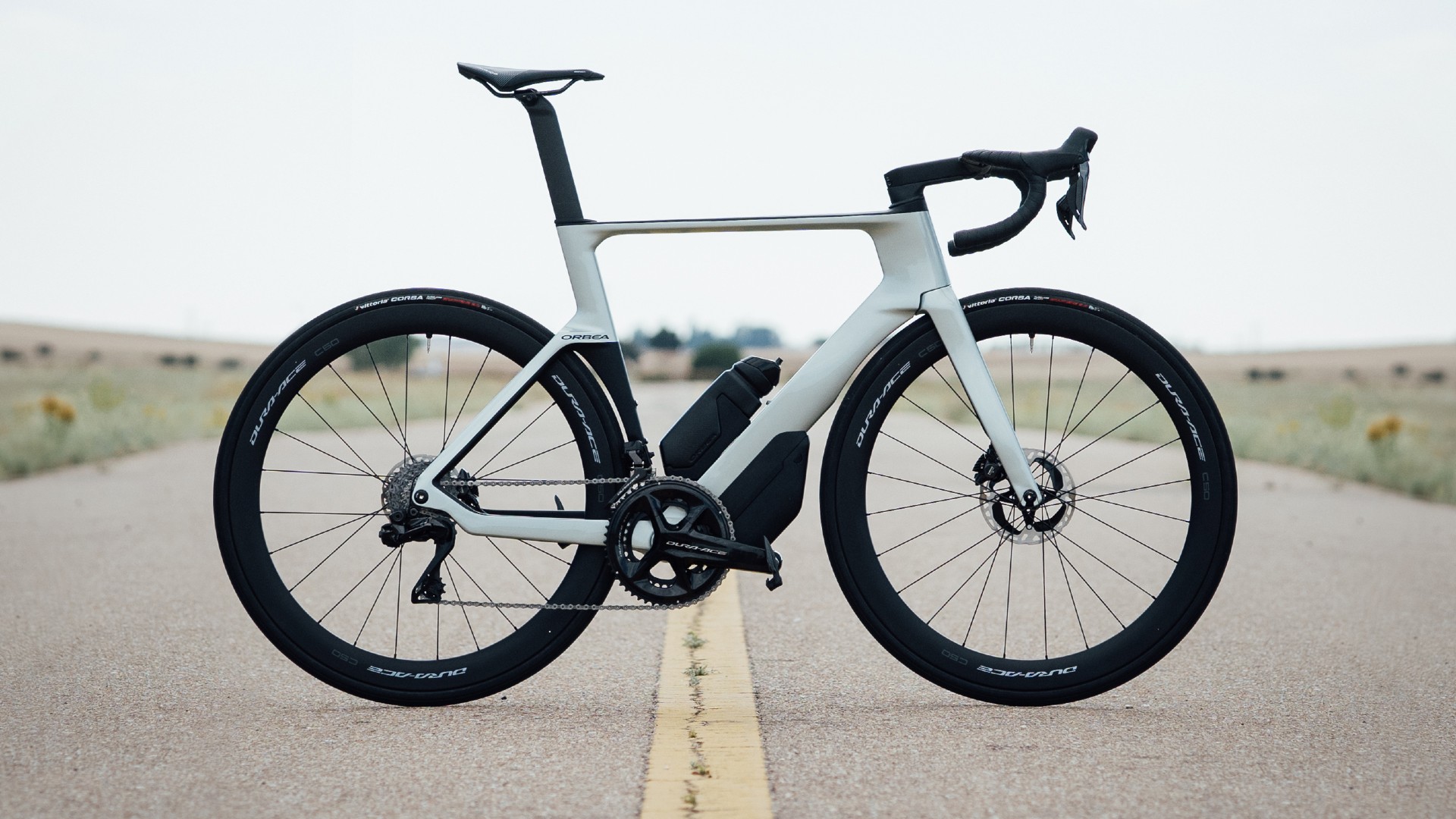

The new Orbea Orca Aero is, according to the Basque brand, the “most specific aero bike Orbea has ever designed”.
The new bike, already ridden in the Vuelta by Euskaltel-Euskadi, is a total redesign rather than a refining of the previous Orca Aero, which dates from 2017. Orbea says it has built on what it learned from its latest time trial bike, the Ordu, launched in 2020, and comparing the Ordu and the new Orca Aero side by side the similarities are obvious, from the newly horizontal top tube to the very narrow clearance between the front tyre and the down tube to the the shaping and angle of the seatstays.
The two even now share the ‘Cargo Foil’ storage box that bolts to the front of the down tube, filling the gap between the front wheel and the down tube and improving aerodynamics by a claimed 3% combined with the aero bottle - though it's not UCI legal of course.
Here’s a list of the key aerodynamic developments that Orbea lists for the new Orca Aero:
* Horizontal top tube and chainstays improve airflow.
* Down tube and seat tube profile aerodynamically optimised for 25-28mm tires.
* Single profile transitions between head tube and down tube and the seat tube and seatstays reduce turbulence in these areas.
* Drag around the rear wheel reduced by aligning the upper seat tube junction with the airflow.
* New aerodynamically designed fork is optimised for high profile wheels.
* New aero handlebar, stem and seatpost reduce drag by 2%
Orbea says the Orca Aero is the fastest aero road bike it has ever designed, claiming a 15W improvement at 40kph and 28W at 50kph over the outgoing model.
Stiffness to weight
Orbea says that in testing the new Orca Aero “shows no efficiency loss, even on the hardest climbs” and claims that the Orca Aero is one of the best-climbing aero bikes you can buy.
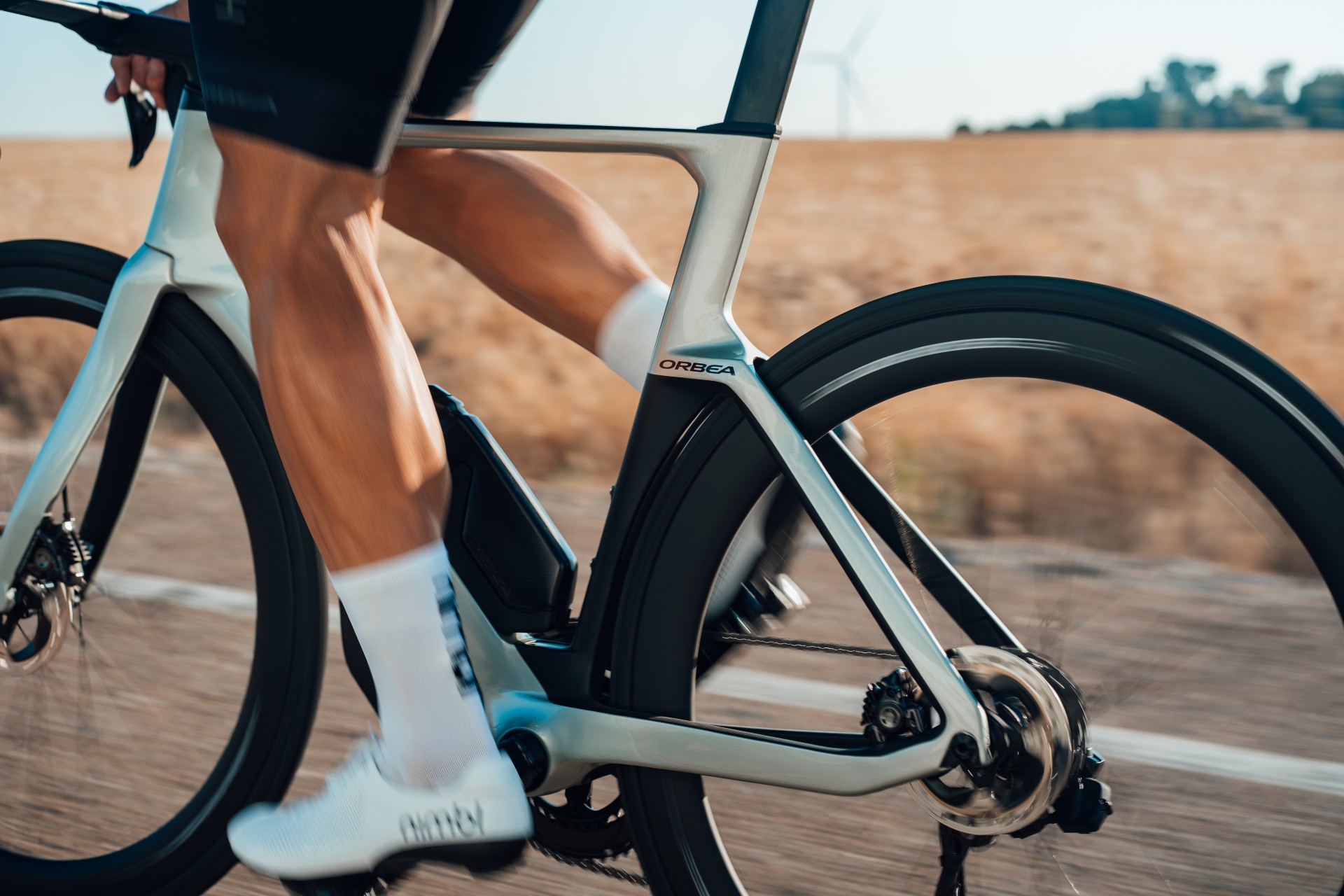
It puts this down to the “dynamic structure” of the frame, which it says is key for optimising stiffness to weight. With the large majority of torsional and lateral loads handled by the lower spine of the frame - the head tube, down tube and chainstays, which have to resist twisting and transmit power to the rear wheel - Orbea says the design of each of these sections, the OMX carbon-fibre it uses and the specific layup for each frame size give the Orca Aero a stiffness to weight ratio that makes it one of the most efficient and fastest on the market.
“We don’t claim that OMX is a secret-sauce, it’s more straightforward than that,” says Orbea. “OMX is the pinnacle of carbon-fibre bicycle manufacturing."
With a frame weight of 1,150g the Orbea Orca Aero is not the lightest on the market by some way, however, and we haven't seen any claimed weights for full builds so far.
More aggressive geometry
Orbea makes no secret of the fact that the geometry of the new bike is aggressive in order to “maximize body aerodynamics and efficiency.”
There are seven sizes, as before, but, unlike brands such as Specialized, Pinarello and Cervelo, who have kept the geometry of their latest top bikes the same as the previous ones, the measurements are all different from those of the old Orca Aero.
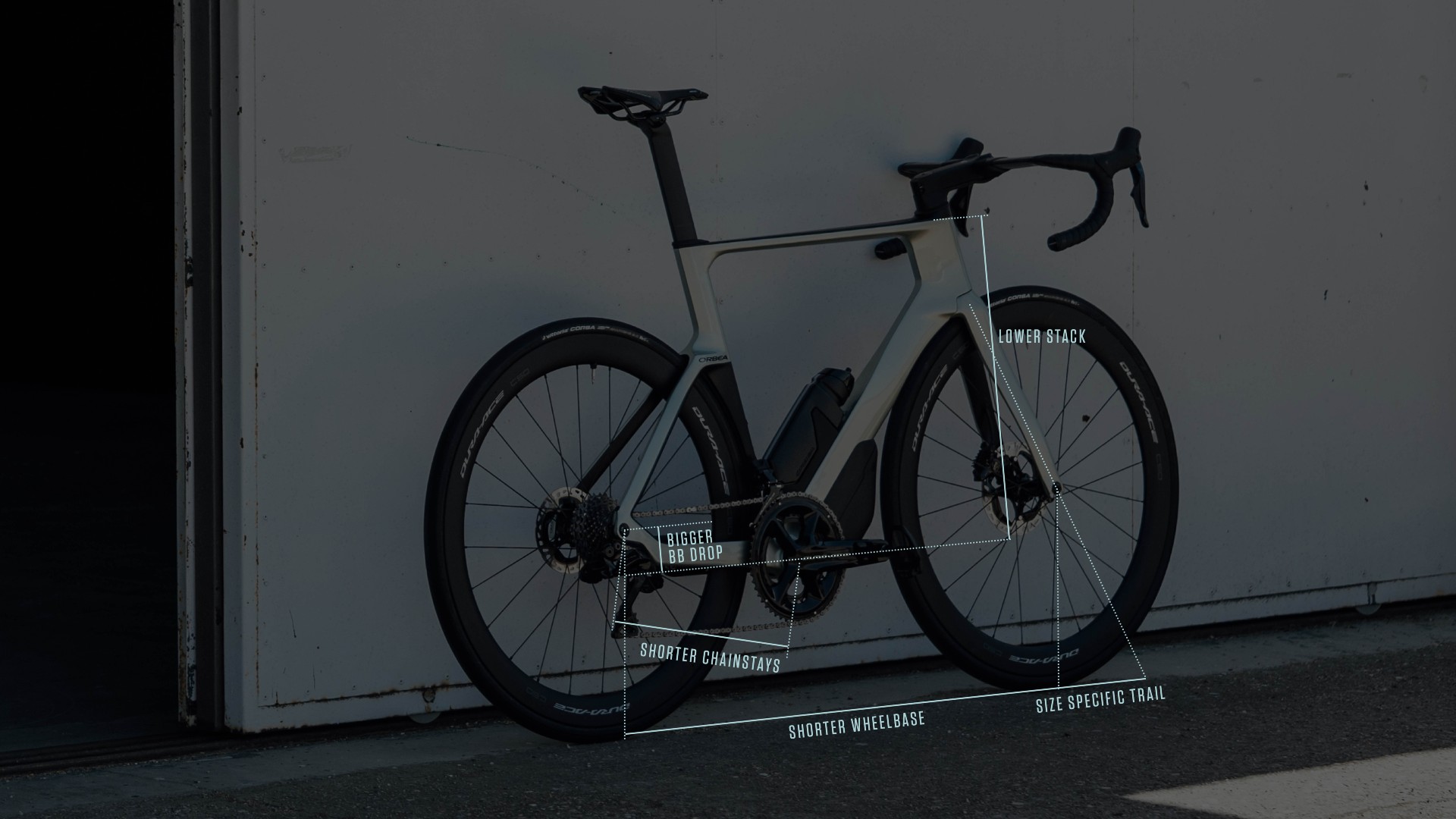
The stack has come down slightly with head tubes shorter, while the BB drop is bigger thanks to a dropped, kinked chainstay design, which Orbea says is aimed at better aerodynamics and stability. Here are the key geometry differences:
* Shorter wheelbase is more responsive
* Shorter chainstays for better acceleration (though the geometry chart of the old Orbea Orca shows a chainstay length of 408mm, the same as the new one)
* Size-specific fork offset gives improved control no matter what frame size
* Lower stack and bigger BB drop give better aerodynamics and stability
The Orca Aero has clearance for 30c tyres, even though Orbea says it’s optimised for 25-28mm.
As for other frame specs, it is disc-brake only but compatible with both electronic and mechanical groupsets. It uses the BB386 standard and has a 1.5" head tube.
Separate bar and stem
Orbea has steered away from a fully integrated cockpit, which is perhaps a little surprising. However, the cable routing is still internal, FSA ACR style, running inside the bar, stem and head tube.
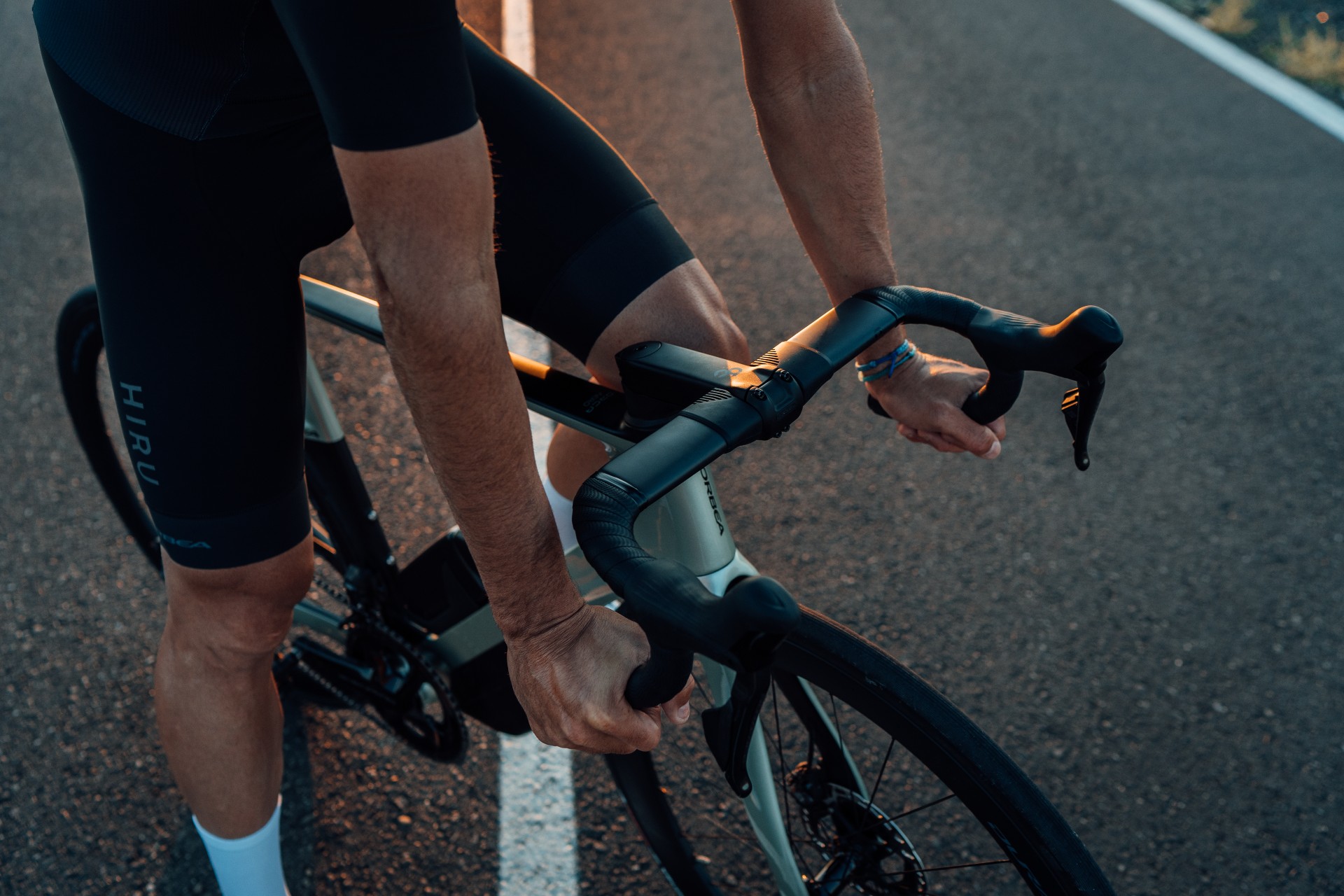
Orbea says the cockpit has been designed for superior ergonomics “for very little compromise,” allowing riders to rotate their bars, change stem lengths or change handlebar widths to get the perfect position, optimise aerodynamics and reduce fatigue.
The Orbea Orca Aero’s finishing kit consists of:
OC2 ICR Road Stem: the new 6061 alloy stem is strong enough for the most powerful sprinters, according to Orbea. With a rise of -10º and 7 lengths from 70 to 130mm, it also comes with full cable integration. Orbea has redesigned the faceplate and computer mount, adding tilt adjustment in order to get perfect head unit positioning.
OC3 Aero Road Handlebar: Orbea’s new 5º flared aero bars and stem give up to 15 degrees of rotation plus a choice of width and reach.
Orca Aero OMX Seatpost: the new proprietary aero seatpost allows up to 25mm adjustment on setback and +/- 10º tilt. Additionally Orbea says it has reduced drag from previous designs.
Wind-cheating frame storage
According to Orbea, the “age-old question of where to carry essential tools, tubes and identification is answered by the integrated Cargo Foil behind the front wheel.”
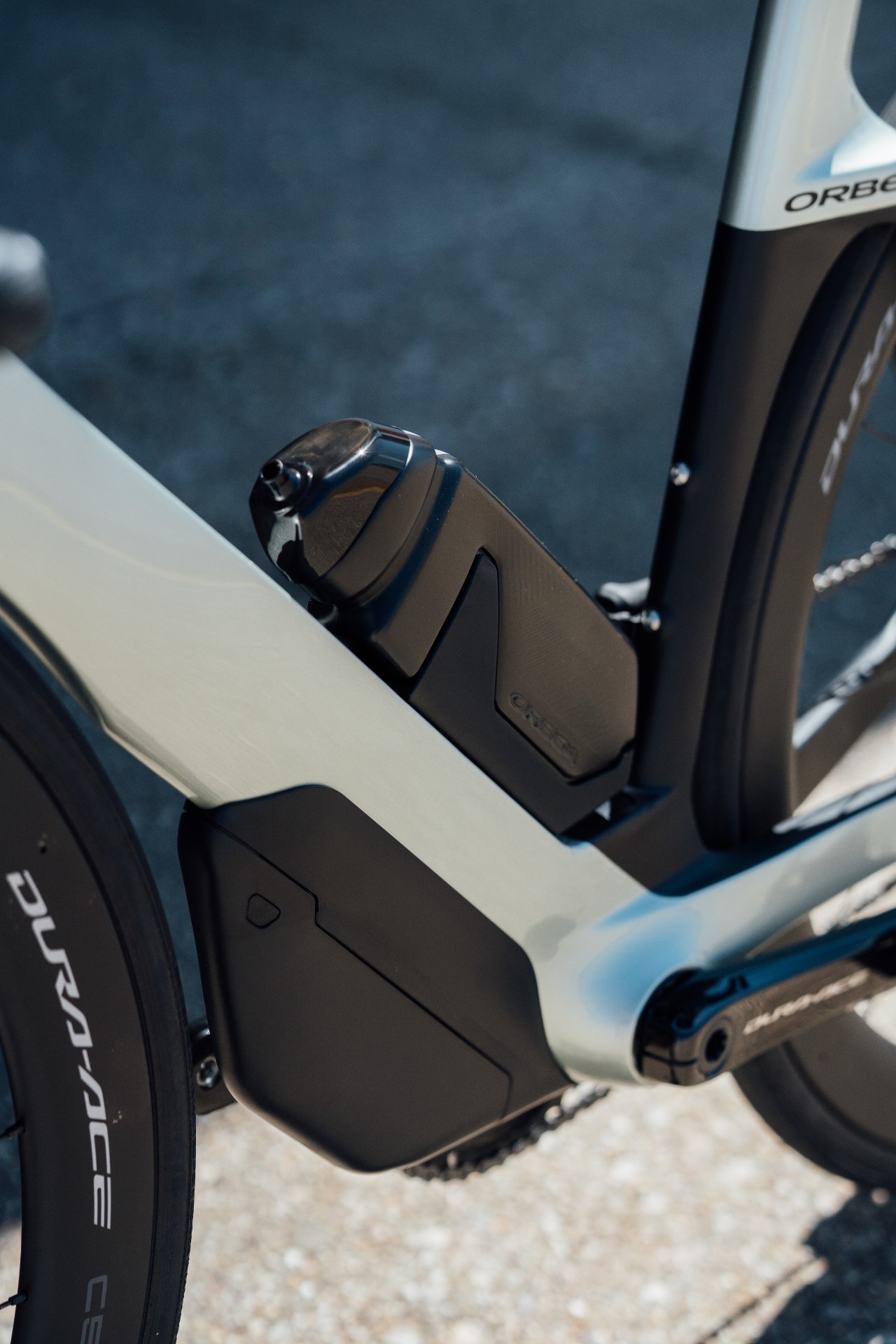
Reading behind the lines it’s more aerofoil than cargo box. Orbea does say the Cargo Foil is not only useful but aerodynamically beneficial, improving aerodynamics by 3% according to Orbea (though not UCI legal) when combined with the aerodynamic water bottle, which is UCI legal.
The UCI-legal aerodynamic water bottle and cage are there to "keep you hydrated without interfering with aerodynamics". In fact, and as with most modern aero bikes, the Orca Aero is faster with the bottle in place: it's -1.3% drag with the bottle on its own without the Cargo Foil.
There are also standard bottle mounts on the down tube and seat tube for extra bottle-carrying capacity.
MyO component options and pricing
Orbea offers MyO component options such as switching a wheelset, gearing or other components through the ordering process, so that a customer’s Orca Aero arrives at the dealer in the exact configuration they’ve chosen.
Orbea also says there are additional paint scheme personalisation options with the new Orca Aero.
* Frame weight 1,150g
* Sizes: seven sizes from 47-60
* Material: OMX carbon
* Prices from £3.999/$4,499 to £9.599/$9,999, six stock builds
* Personalisation: up to one million configurations via MyO

Thank you for reading 20 articles this month* Join now for unlimited access
Enjoy your first month for just £1 / $1 / €1
*Read 5 free articles per month without a subscription

Join now for unlimited access
Try first month for just £1 / $1 / €1
Get The Leadout Newsletter
The latest race content, interviews, features, reviews and expert buying guides, direct to your inbox!
Simon Smythe is a hugely experienced cycling tech writer, who has been writing for Cycling Weekly since 2003. Until recently he was our senior tech writer. In his cycling career Simon has mostly focused on time trialling with a national medal, a few open wins and his club's 30-mile record in his palmares. These days he spends most of his time testing road bikes, or on a tandem doing the school run with his younger son.
-
 A bike rack with an app? Wahoo’s latest, and a hub silencer – Sea Otter Classic tech highlights, Part 2
A bike rack with an app? Wahoo’s latest, and a hub silencer – Sea Otter Classic tech highlights, Part 2A few standout pieces of gear from North America's biggest bike gathering
By Anne-Marije Rook
-
 Cycling's riders need more protection from mindless 'fans' at races to avoid another Mathieu van der Poel Paris-Roubaix bottle incident
Cycling's riders need more protection from mindless 'fans' at races to avoid another Mathieu van der Poel Paris-Roubaix bottle incidentCycling's authorities must do everything within their power to prevent spectators from assaulting riders
By Tom Thewlis